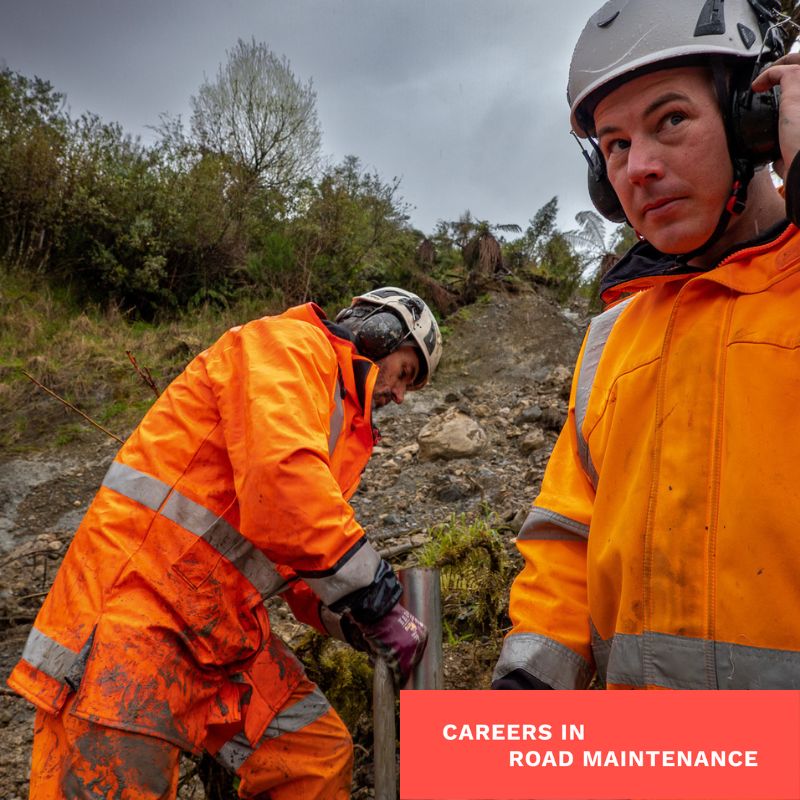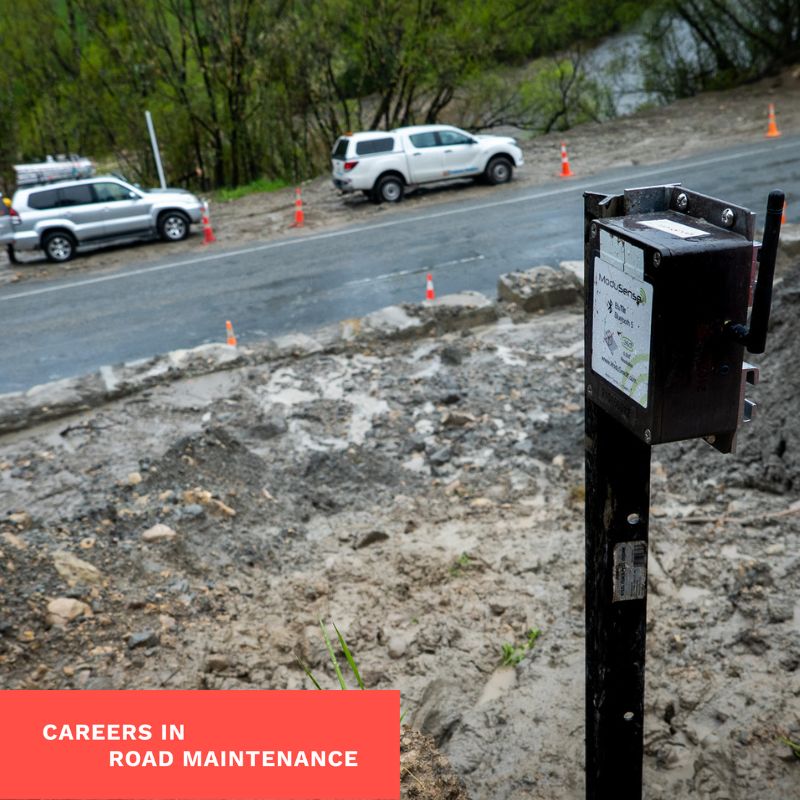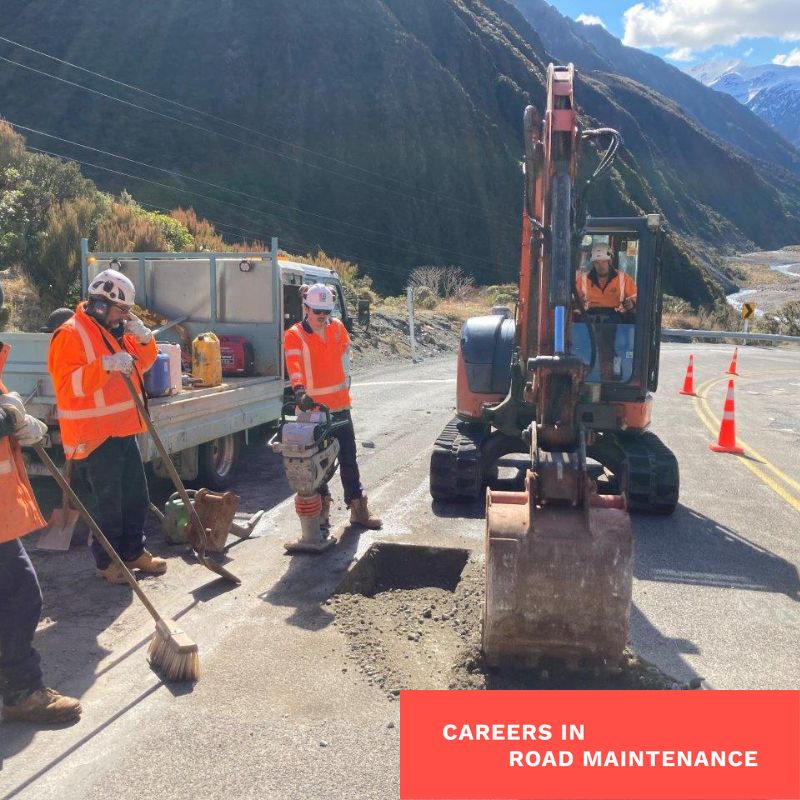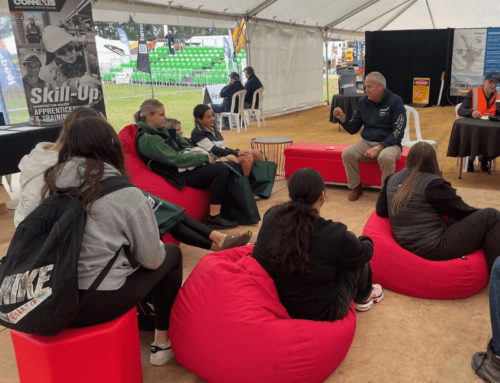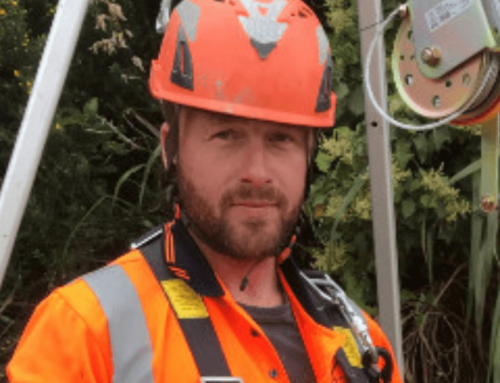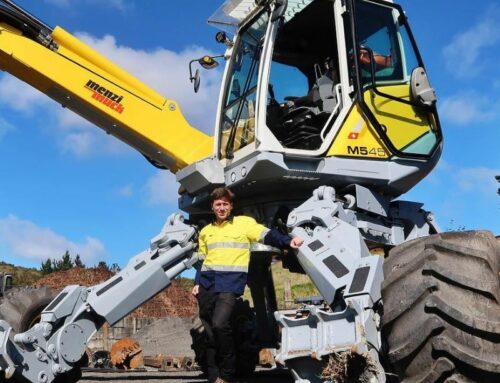It’s not often the West Coast of New Zealand is spoken of in the same breath as cutting-edge technology, but the challenges of road maintenance work in the region have created fertile ground for innovation.
From 360-degree vehicle-mounted cameras to sensors monitoring slips and flood prone areas, the technology used by the region’s road maintenance crews is a big part of what makes the job so interesting, says Patrick Boot, an asset engineer for Fulton Hogan.
Based out of Greymouth, Patrick and the West Coast team he is part of are collectively responsible for a whopping 900 kilometres of highway, covering the entire rugged West Coast. Subject to extreme, often fast-changing weather, the job can be challenging, especially when the region’s difficult terrain is factored in. Any edge is appreciated, and the team has been quick to adopt fledgling technology.
One thing New Zealand’s West Coast is known for is its rain, and wet weather often brings slips. To stay on top of which hillsides are moving, Fulton Hogan has installed sensors and cameras on some of the region’s most notorious slip-prone sites.
“We tried to find some sensors that would be suitable to feed information back and give us some idea of what’s going on in the network in real time,” Patrick says.
“With sensors and cameras now in place in some of the most challenging areas, we now get email and SMS alerts and visuals as stuff moves down the hill. It allows us to better prioritise our network response and resolve or prevent any issues faster.”
Similar approaches are increasingly being taken by other infrastructure companies, including by Downer, which was in the media last month for its use of sensors and cameras to monitor avalanche risk, fire risk, incidents and traffic on the notoriously rainy Milford Road, in Fiordland.
Another technological innovation used by Fulton Hogan and other key players in the industry is the use of vehicle-mounted 360-degree camera. While network video technology has been around for a while now, it has only recently come into its own for road condition monitoring and maintenance, thanks to improved image quality.
“These days you can actually see the detail on the road and then make decisions or brief road maintenance crews about jobs using the content of the video,” Patrick says.”
“We just recently got a high-quality 360-degree GoPro. When reviewing it you can pan around to see the road condition in all directions or you can set it up on an angle, to check the drains for example, just mounted on a ute. Even out in the rain, it still works pretty well, so we can go out in wet weather and then come back and programme drainage lengths and that sort of thing.”
Programming upcoming work is a big part of Patrick’s job now that he has moved into more of a planning and management role. While he has been in road maintenance for more than five years, he didn’t start out behind a desk.
He worked as a surveyor’s assistant right out of school before considering, and ultimately deciding against, going university. Before that, he worked after school on his dad’s work site, “doing little projects here and there.” So physical work, getting stuff done and then standing back with a sense of achievement has long been in his blood.
But a desk job doesn’t mean all his time is spent in an office, and he gets to spend plenty of time out in the field.
Not only does he get to drive the entire West Coast network to take video from time to time – a road trip he always looks forward to – but he also gets out on site quite regularly.
“I still get to be out and about as much as I want to be, Fulton Hogan is quite good for that. Getting out on site and engaging with people is a big part of the role, and it’s a big part of what make it interesting. A lot of it is the people.”
Another aspect of the job Patrick enjoys is seeing the tangible difference he is making every day, helping to keep his community safe and connected.
“It’s really satisfying, seeing something turn from a rough piece of road to a rehab, and then five years later it’s still meeting all its specifications and stuff. I think that’s pretty cool, to know you’ve been part of that process. And the good thing about being part of a small community like the one I’m working in is that you do get some feedback sometimes, and that’s also really cool, when people are happy with the work that we do.”
Road maintenance is a satisfying career, Patrick says, and one that is easily accessible for those with the inclination to work hard, get things done, and learn through being curious.
“In this industry, you can learn the details but you can’t teach the attitude,” he says.
“Putting in the effort, wanting to get stuff done, if that’s who you are, then that’s the kind of person we want. You don’t need to be a rocket scientist, but there is some really good detail and specifics in the industry. There are a lot of layers that go into road maintenance.”

